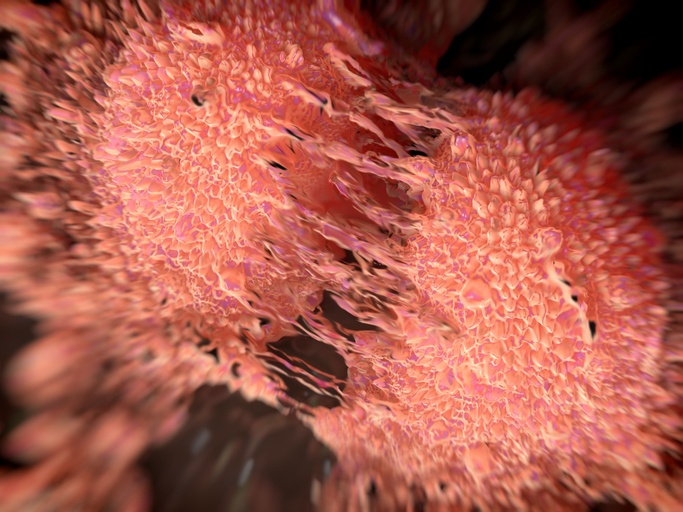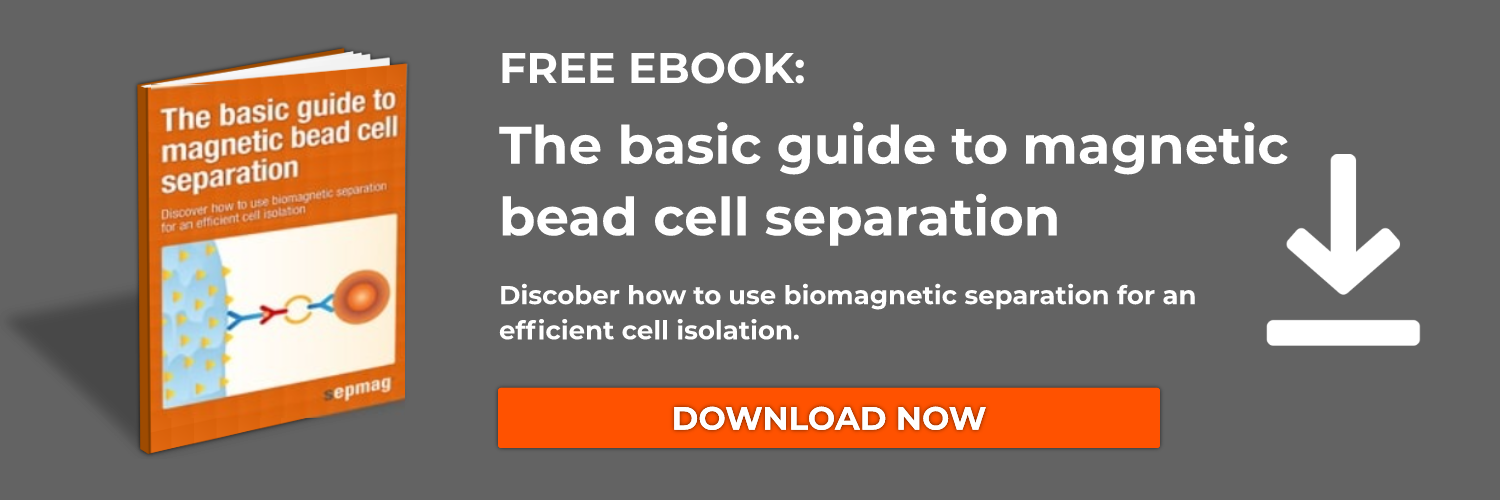The ability to isolate cells is important in both clinical and research settings. The goal of cell separation is to isolate one population of cells that are of interest. There are several reasons for performing cell separation, some examples are interest in studying a cell type or using it for therapy such as T-cell therapy. Some researchers are interested in cell separation to be used for creating hybridoma cell lines or for testing drugs in vitro and seeing the effect of the drugs on cells. There are many available techniques for cell separation. These techniques differ in specificity of cell selection, cost of equipment, time to complete, technology needed, and skill required. Cell separation based on cell density is rapid and inexpensive but is unspecific. Still, it is a fundamental technique that is commonly used in a variety of settings for general cell separation.
Specific vs. unspecific cell separation
separation based on cell density is very general as it is only based on one physical characteristic. It is not good for isolating a single cell type, but it is useful for rough bulk separation as a precursor to other more specific cell separation techniques. It is commonly used to separate whole blood into plasma, mononuclear cells, centrifugation medium, and red and white blood cells. Specific cell separation techniques such as magnetic separation or fluorescent activated cell separation use ligands to specifically bind to unique surface markers on the target cells. Other types of samples that can require cell separation are bone marrow, spleen, lymph nodes, or even tissues such as skin or liver or brain.
A centrifuge is used to separate cells based on density
Most commonly, density-based cell separation requires a centrifuge to spin the sample in a circular motion at an appropriate angular velocity to cause the cells in the sample to separate into distinct layers. The circular rotation around a fixed axis creates a force perpendicular to the direction of spin. This radial force vector points out from the center to outer edge of the circle. A laboratory centrifuge has a circular rack with holes drilled at an angle that hold the sample tubes. The angle is such that the tops of the tubes point inward toward the axis of rotation while the bottoms of the tubes are furthest from the axis of rotation. The centripetal acceleration causes the denser cells to move away from the axis of rotation. During this process the denser cells displace the less dense cells. The result is that the densest cells are forced to the bottom of the container, and the least dense cells are displaced to be near the top. The different populations can then be collected and used for further analysis.
Advanced biomagnetic separation vs. cell density separation
If the cells are spun in a centrifuge at an inappropriate speed they can shear due to extreme centripetal force. Therefore, it is very important to optimize the centrifuge conditions for each cell type. However, advanced magnetic separation techniques are gentle. With a properly engineered biomagnetic separation rack there is a low risk of cell lysis or shearing. Once a magnetic separation protocol is optimized, it can be performed in a similar amount of time as density separation, and can result in the isolation of a specific cell type. This could potentially save time down the road and could open doors to advanced diagnostic techniques in the clinical setting, and new discoveries in basic research.
Important considerations for cell separation
There are several important factors to consider when choosing your cell separation technique. First, you want to consider how to get the best quantity of desired cells out of the process. You want a technique that will offer good purity of sample and recovery of as many cells as possible. This is important so that you know you are studying the cells you are interested in and that you have enough of them to work with. Once you have good amounts of those cells, you want to ensure that those cells work properly and normally as possible. This means you want good viability or function of your cells. You want the cells living, and functional so that for example, you can test your potential drugs on the cells and get a useful read-out of the reaction of the cell. Another important factor to consider in your cell separation is the efficiency of the process. You want the process to be simple and easy to use. You also want to be able to scale up that process and keep it fast and simple still. We often write about how the great advantages of magnetic separators are how easy they are to use, and how modern magnetic separators can scale up separation processes while keeping the efficiency high.
Related news





